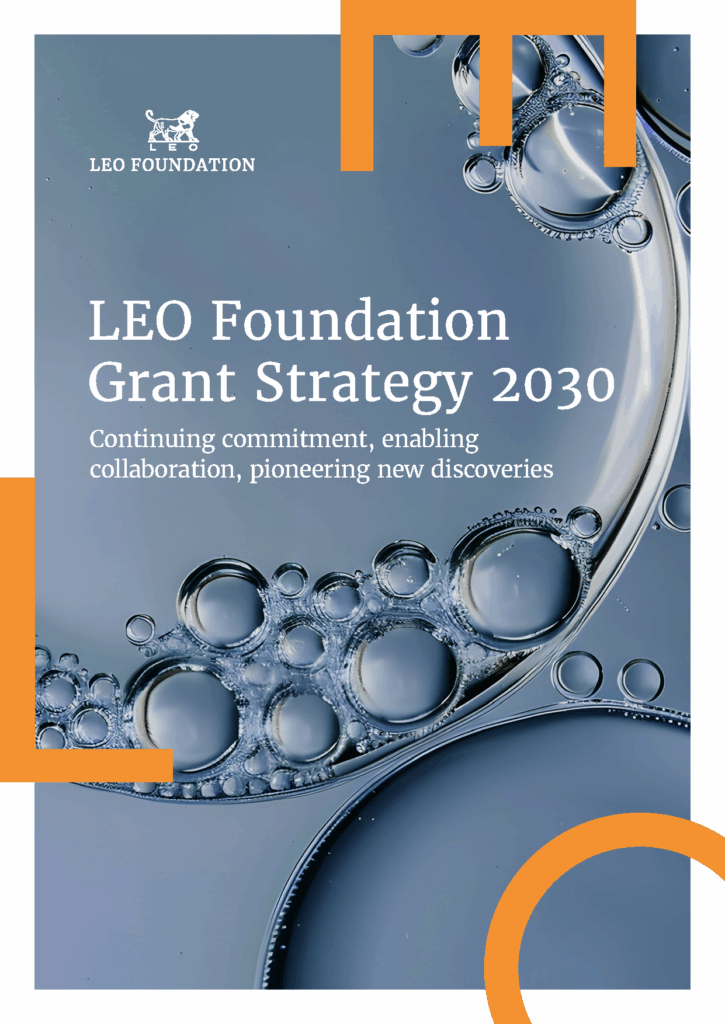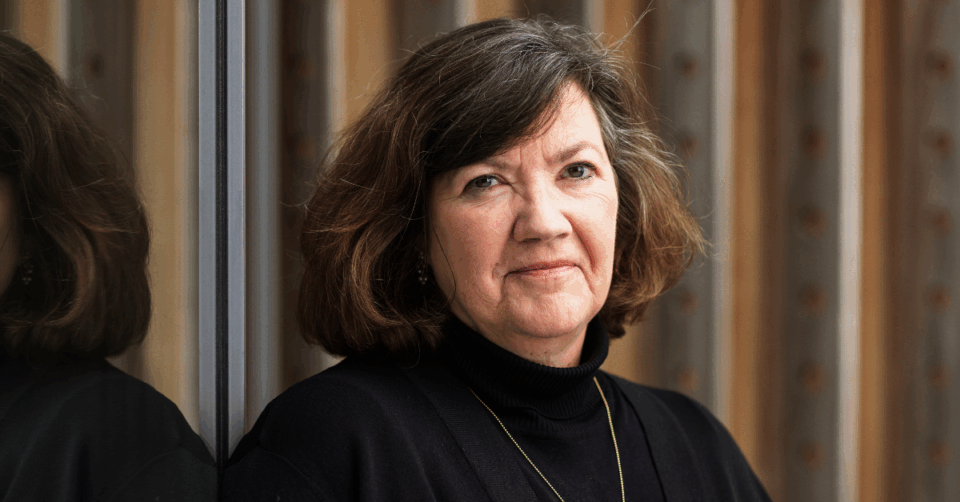Anne-Marie Engel, Chief Scientific Officer at the LEO Foundation
30 October 2025
With Grant Strategy 2030, the LEO Foundation sets a new course for its philanthropic efforts. The ambition is to increase annual funding to more than DKK 500 million by 2030 – accelerating progress toward better understanding, treatments and, ultimately, cures for skin diseases. In this interview, Anne-Marie Engel, Chief Scientific Officer at the LEO Foundation, explains the thinking behind the new grant strategy and its ambitions.
Why launch a new grant strategy now?
We’ve supported excellent research for many years, but to fulfil our ambition to support a thriving global ecosystem for skin research, we must develop our philanthropic ways of working to cover other types of support as well. With Grant Strategy 2030, we are setting an ambitious direction for the next five years – one that will help accelerate breakthroughs and help pave the way for curing skin diseases.
What’s the big ambition behind Grant Strategy 2030?
We want to be able to support the transformation of scientific discoveries into real benefits for people living with skin diseases. That means not only supporting the very best research in existing research environments but also contributing to a thriving global ecosystem for skin research. And we’re putting serious weight behind it: by 2030, our annual funding will rise from around DKK 300 million (EUR 40 million) in recent years to over DKK 500 million (EUR 67 million). That’s a big step up and a clear sign of our commitment.
How does this new chapter build on what you’ve already done?
Our current grant strategy has laid strong groundwork by strengthening and acknowledging excellence in skin research worldwide and by introducing new funding instruments for excellent research. With Grant Strategy 2030, we take it further. It’s about broadening our scope – supporting emerging talent, investing in bold new ideas, and making sure that discoveries with translational potential don’t just stay in the lab but actually get to make a difference for people living with skin diseases.
The strategy introduces five strategic tracks. What do they mean in practice?
They’re really five lenses through which we’ll shape our funding. The five strategic tracks are: Excellence, Nurture, Collaboration, Pioneering and Innovation. Excellence is about continuing to support outstanding science globally. Through the Nurture track, we focus both on addressing unmet needs and on helping future researchers thrive while strengthening public understanding of fact-based health information. Collaboration means building strong research partnerships across institutions and disciplines to tackle grant challenges within skin research. Pioneering is about encouraging high-risk research, based on unconventional ideas that could lead to big leaps forward. And Innovation is about making sure that support is available to help new knowledge move from academic discovery to real-world impact.
Skin research spans many disciplines and moves in multiple directions – how will the strategy keep pace with that?
Flexibility is key. Instead of locking ourselves into a fixed plan, we have created an adaptive framework that allows us to develop new funding programs, experiment with different approaches, and respond to unmet needs and global developments as they happen. The world of science doesn’t stand still – and neither can we.
Can you already reveal what new funding programs we can expect?
Not yet. The strategy is a framework, and the concrete programs will be developed step by step as we move into implementation. We will announce new initiatives along the way towards 2030, which allow us to adapt to the needs and opportunities we see emerging in the research landscape.
Click and flip through Grant Strategy 2030 in short:

